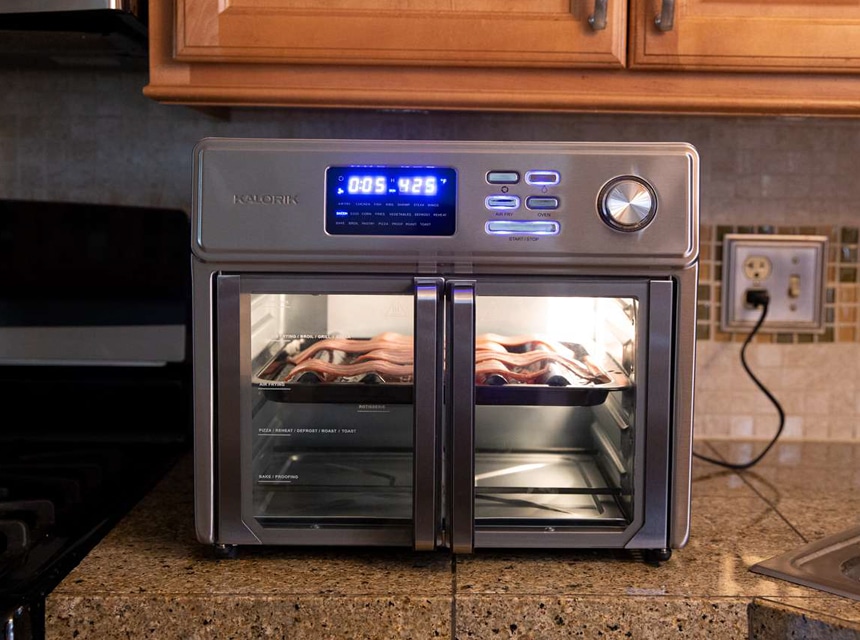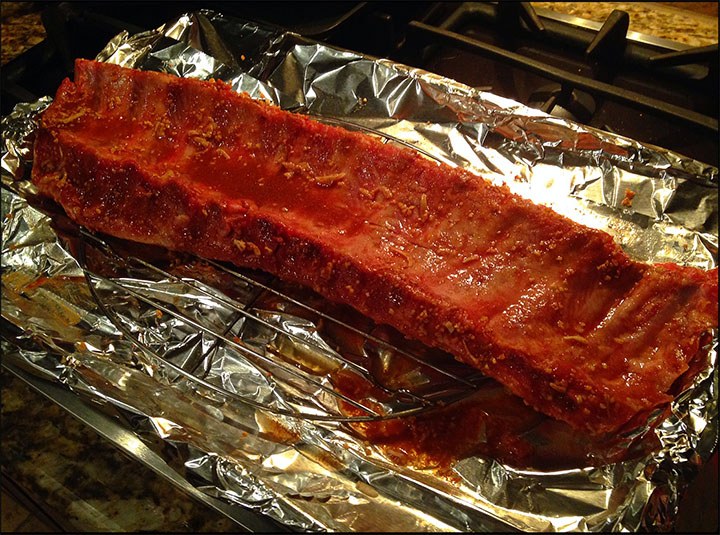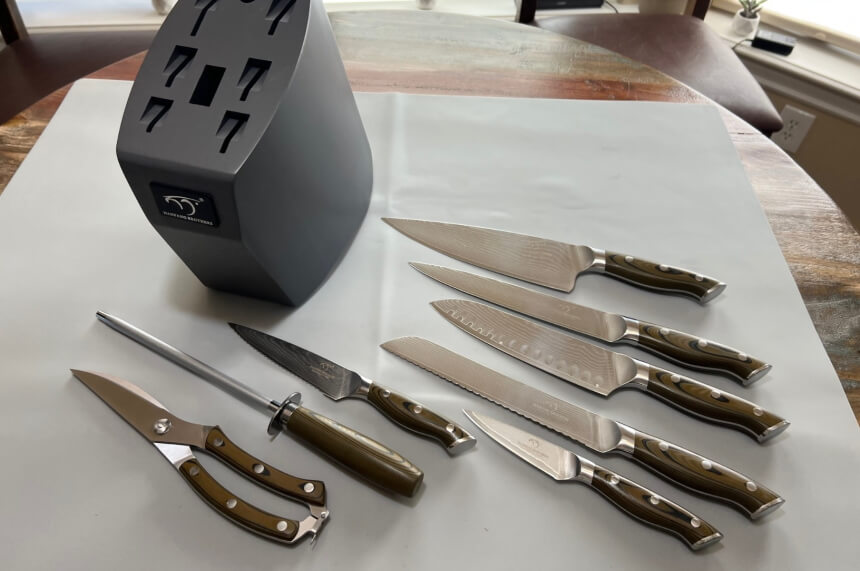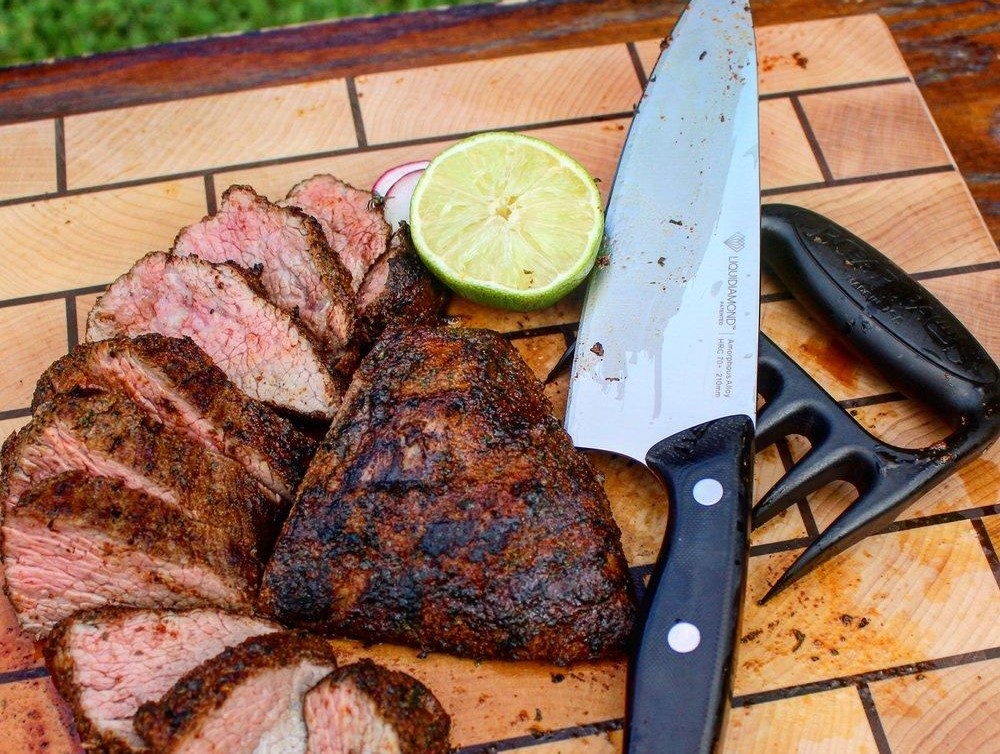

Brisket is an expensive beef that comes from the breast part of a cow, and it requires long and slow cooking for perfectly tender results. It is also a large piece, weighing around 7 kg, so it naturally has leftovers, even after the whole family has eaten more than their fair share. The tender and juicy meat, if cooked correctly, makes every penny spent and the hours-long effort worth it, but this money and effort can easily go to waste if you do not treat the leftovers correctly. Thus, learning how to reheat brisket makes sense.
Similarly, when planning for a party, it is usually safer to keep extra food in case more people show up than be embarrassed later. However, it’s rare that you keep brisket at a party and end up with no leftovers. People mostly dread steak and brisket leftovers because when reheated, they tend to become hard, dry, and extremely unappetizing.
To avoid wasting expensive leftover brisket, you require a precise technique of storing and reheating them so that they don’t become dry and hard to chew. Follow our guide to correctly wrapping, freezing, and reheating brisket leftovers for maintaining the moisture and flavor of the meat.

Two things that ruin leftover brisket and strip the meat of flavor and moisture are oxygen and dehydration. We have to fight these two at all costs, and for that, we require complete and secure sealing. A food vacuum sealer is our most trusted tool because it will ensure that all oxygen in the bag is removed. A good quality food vacuum sealer, like the Anova Culinary ANVS01-US00, comes with a thick plastic material that restricts evaporation and helps the meat retain its original moisture.
However, not everyone has fancy devices like vacuum sealers in their kitchen. Well, there’s no need to panic because we have a good alternative for you. All you need is a cling film, some aluminum foil, and sealable zip-lock plastic bags for storing the meat.
Coming on to the most important thing, how exactly should you store the brisket. This depends on whether your brisket is sliced or whole before you freeze it. Both whole and sliced meat have their respective pros and cons. Let’s take a look at the advantages and disadvantages of freezing sliced brisket.
Most people would prefer to reheat a portion of the brisket at a time, which makes having already sliced pieces of meat way more convenient. Moreover, sliced brisket is easier to store because it takes up less space in your freezer, leaving room for other frozen items. However, slicing the beef before freezing has its fair share of downs. One major con is the extra care you require when storing because slice meat is at a higher risk of losing moisture. Secondly, sliced meat becomes more vulnerable to contaminants, which raises the question of hygiene.
Before storing sliced brisket in the freezer for a long time, perform the extra step of letting the sliced meat cool in its own juices. After it cools down, it will have absorbed a good amount of moisture. Now, freeze the slices separately on a baking sheet before locking or vacuuming them in a sealed plastic bag for freezing. An expert tip for ensuring the juiciest brisket is to pour some au jus, pan drippings, and gravy into the zip lock bag before sealing.
On the other hand, storing the whole brisket allows it to retain the moisture naturally within the meat. This technique also helps you keep germs and contaminants at bay. Reheating and slicing the brisket afterward makes it look more fresh and juicy as well. However, this technique can be a little inconvenient from a storage perspective, as it will take up a considerable amount of space in your freezer. Just like cooking an unfrozen brisket, reheating a whole piece will take more time and require slow and long heating for the best results.
Extra tips: If you are using Clingfilm and aluminum technique, start with wrapping the brisket slices in Clingfilm and make sure the wrapping is snug. Cover the wrapped slices in aluminum foil tightly to hold the plastic in place. This will help keep oxygen out and prevent dehydration. Lastly, place the wrapped-up slices in an air-locked plastic bag. You can add gravy, stock, or pan drippings into the plastic bag before sealing it. You are ready to freeze your perfectly wrapped brisket!
Defrosting may seem like a simple task, and most people assume that microwave heating is a fast and convenient way to do so. However, this will assuredly ruin your brisket into a dry lump of meat. Microwaving a frozen brisket will not only start the cooking process but also strip the meat of its juices. Others might thaw a brisket just as they would thaw a frozen burger patty by leaving it at room temperature overnight. This is the perfect way to get food poisoning, so we strongly advise you to avoid doing this.
The safest way to
thaw frozen brisket
Trusted Source
The Color of Meat and Poultry | Food Safety and Inspection Service
These are just a few of the many questions received at the U.S. Department of Agriculture’s Meat and Poultry Hotline concerning the color of meat and poultry. Color is important when meat and poultry are purchased, stored, and cooked. Often an attractive, bright color is a consideration for the purchase. So, why are there differences in the color and what do they mean? Listed below are some questions and answers to help you understand the color differences.
www.fsis.usda.gov
is to refrigerate it. This will require early planning and at least 30 hours, but you won’t end up with an upset stomach or a brisket that tastes like hay! A faster method would be the cold water thawing technique. For this, you need a large bowl with cold water to soak the sealed plastic bag containing your frozen meat. The chance of leaks makes this method slightly risky, but it’s safer than microwaving and leaving the brisket out overnight.
There are four ways to reheat a frozen brisket, and you can choose the method depending on convenience and time.
For all the methods listed below, it is important to keep track of the temperature of your brisket. Precisely, the internal temperature of the meat must be 160°F for thorough heating and safety.
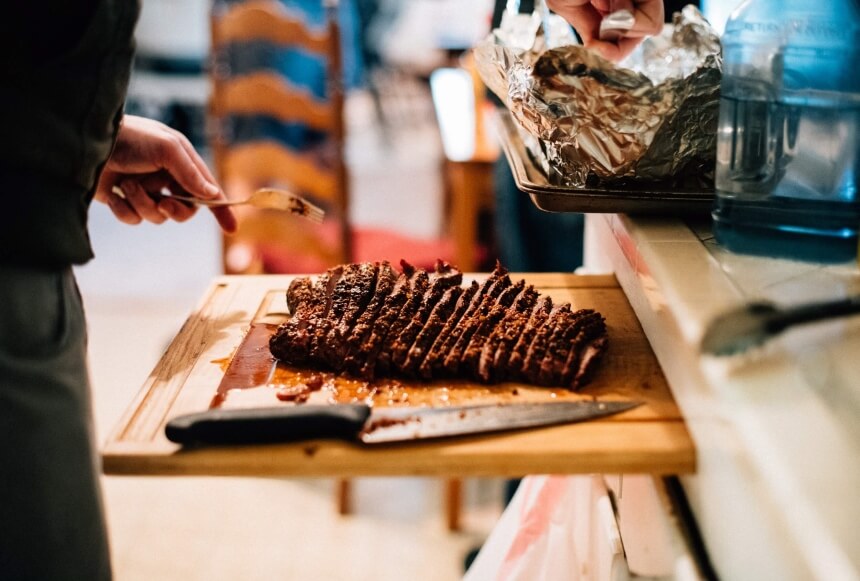
Extra tips: Oven reheating can dry out the meat despite foiling. You can add the original gravy at the bottom of the dish, and the meat will soak up these juices while cooking. Another way to avoid dryness is to reduce two cups of apple cider or apple juice by half, add a dash of any sauce of your liking and use this marinade on your reheated brisket.
Another way of reheating your brisket and ensuring it maintains flavor and moisture is by placing it in the smoker or grill. If you have a smoker or grill available at home, you definitely need to try this option. If not, you should get a smoker or grill to produce well-cooked and heated meat. Reheating your smoker produces amazing results yet is more time-consuming than reheating in the oven.
If you are looking for a foolproof method to reheat your brisket in the smoker, here are some steps with which you can never go wrong!
Firstly, heat your grill. The ideal temperature for this is 225oF. Then you should use the 2-Zone method for reheating. The 2-Zone method requires you to place the charcoal on one side, creating a hot zone and then using the other side (cool zone) to cook your meat. This allows you to reheat your brisket without exposing it to direct heat and risking it getting dry.
When placing your brisket in the cool zone, wrap it in foil. You need to be vigilant and check the internal temperature and remove it when it reaches 155oF. Then you must remove it from the foil and heat it in the hot zone until it reaches the temperature of 160oF.
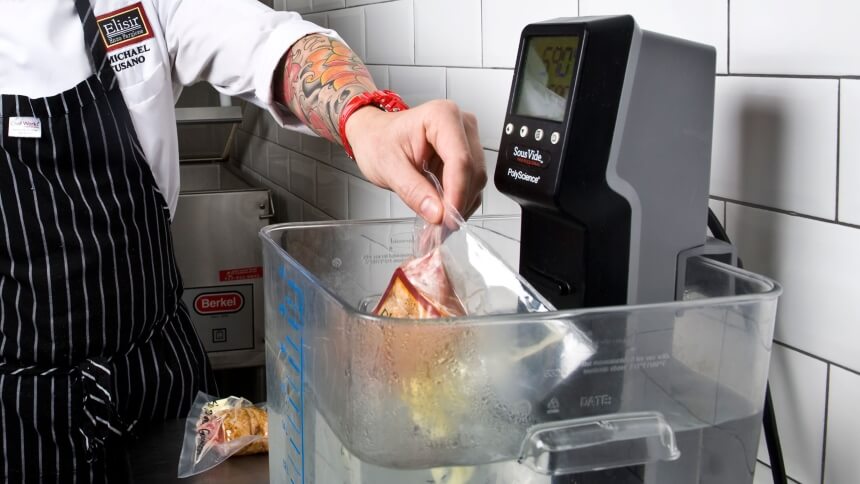
The first step is to seal the brisket in an air and watertight plastic container. Put the water temperature to 110-175oF. After this, you must place the sealed meat in the water and wait for the meat to reach the temperature of the water. This can take up to 5 hours, which makes it a tedious process. While the process is slightly cumbersome, it ensures your meat does not dry out and maintains flavor.
If you are looking for a quick fix, you may think about popping your leftover brisket in the microwave. However, this is a big NO! Microwaves are built to heat food by turning water molecules into steam, and this will essentially ruin your brisket by removing all moisture, making it dry and tough to eat.
Reheating in the microwave is a death sentence for your brisket, so don’t do it! The microwave may save you time, but it will render your brisket inedible, so it’s best to invest some time and reheat your leftover brisket properly.
We encourage you to consider and try all of the other options discussed above. While they may take more time, they ensure your brisket is still edible and flavorful so you can enjoy it. So, try the other reliable options instead of resorting to reheating in the microwave.
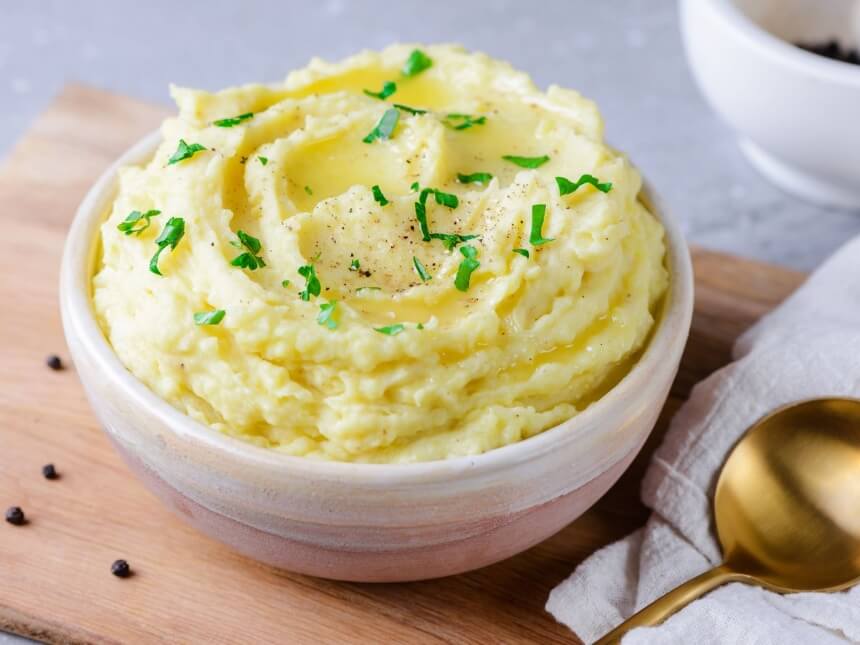
You can prepare mashed potatoes Trusted Source Creamy Mashed Potatoes Recipe (VIDEO) - NatashasKitchen.com These creamy mashed potatoes are shockingly good! Learn the secrets to the best mashed potatoes recipe. Whipped, velvety and holiday worthy mashed potatoes! natashaskitchen.com , cheesy mac pasta, and even salads or chilled coleslaw to serve with the brisket.
For an easier and quicker fix, you can use store-bought pickles, canned vegetables, and frozen French fries Trusted Source Air Fryer Frozen Fries CRISPY French Fries Best Recipe Box Air Fryer Frozen French Fries Recipe. How to make frozen french fries in air fryer. Easy, quick to make air fried frozen fries with no oil bestrecipebox.com as well. We can’t promise how tasty they will be, but we’re sure they’ll go just as good with a flavorful brisket.
Reheating leftover brisket is not as big a crime as it’s considered in the world of cooking, provided you do it correctly and maintain the meat’s flavor. The key points to take away are freezing, defrosting, and reheating your leftover brisket properly. You cannot miss any of these steps if you don’t want a dried and tasteless brisket for dinner!
The best thing about reheating brisket is that you can do it multiple times and have a flavorful, beefy dinner every single time! Using high-quality utensils, like a sturdy steak knife, and taking the time to complete each step perfectly will ensure that your brisket tastes as good as new, even after reheating it.
We love feedback from fellow grilling enthusiasts, so feel free to share any new insights and ways how to reheat brisket with us!


